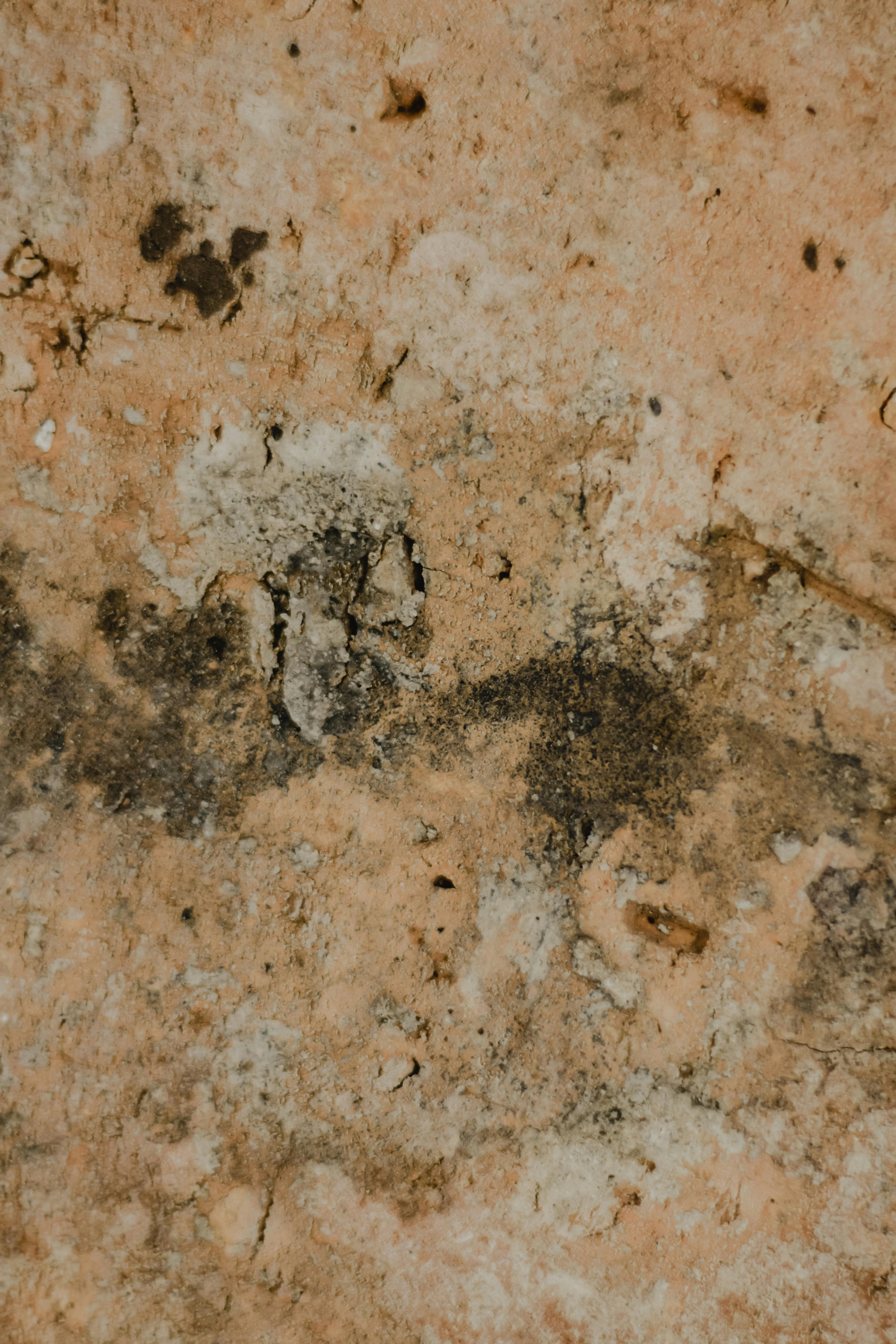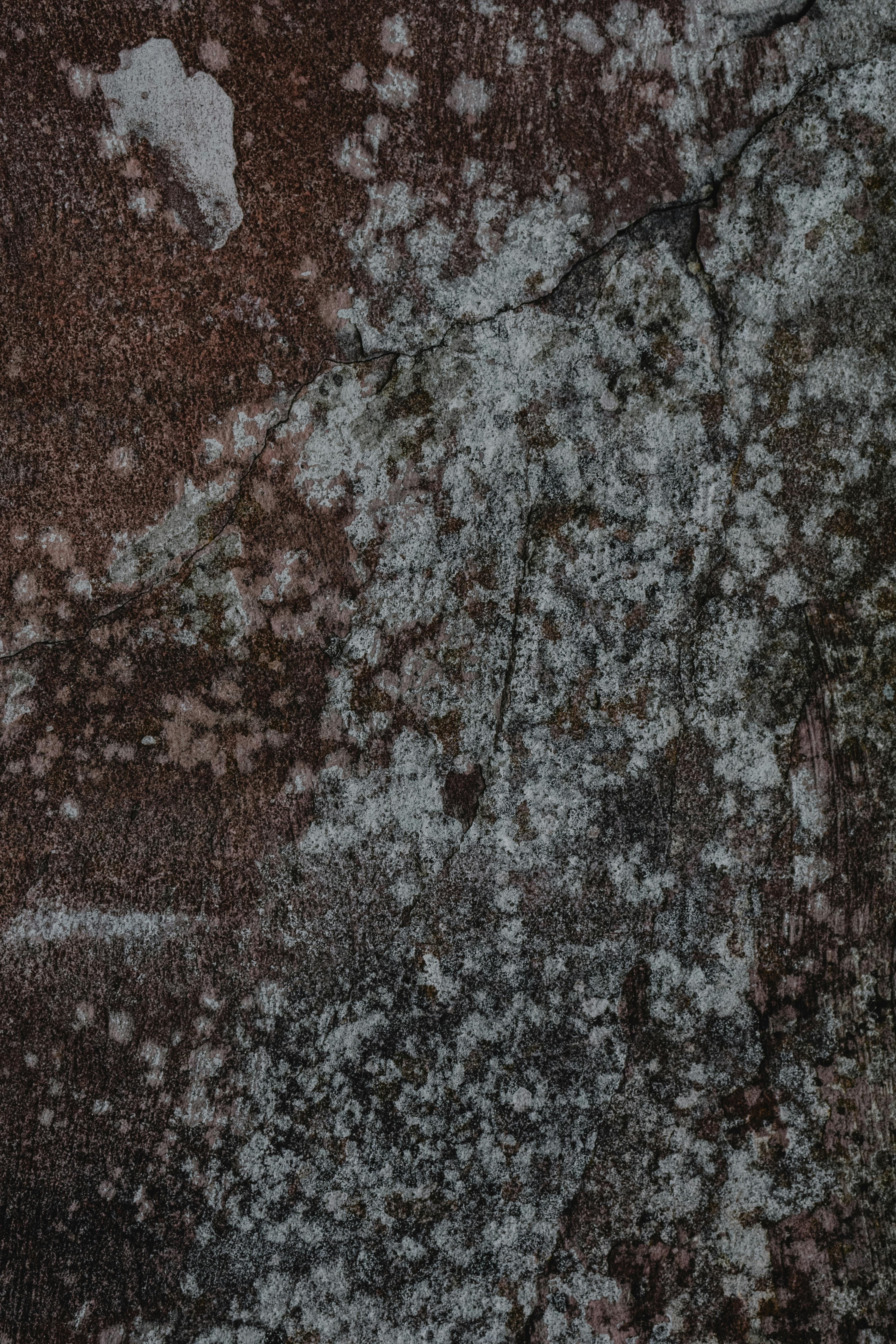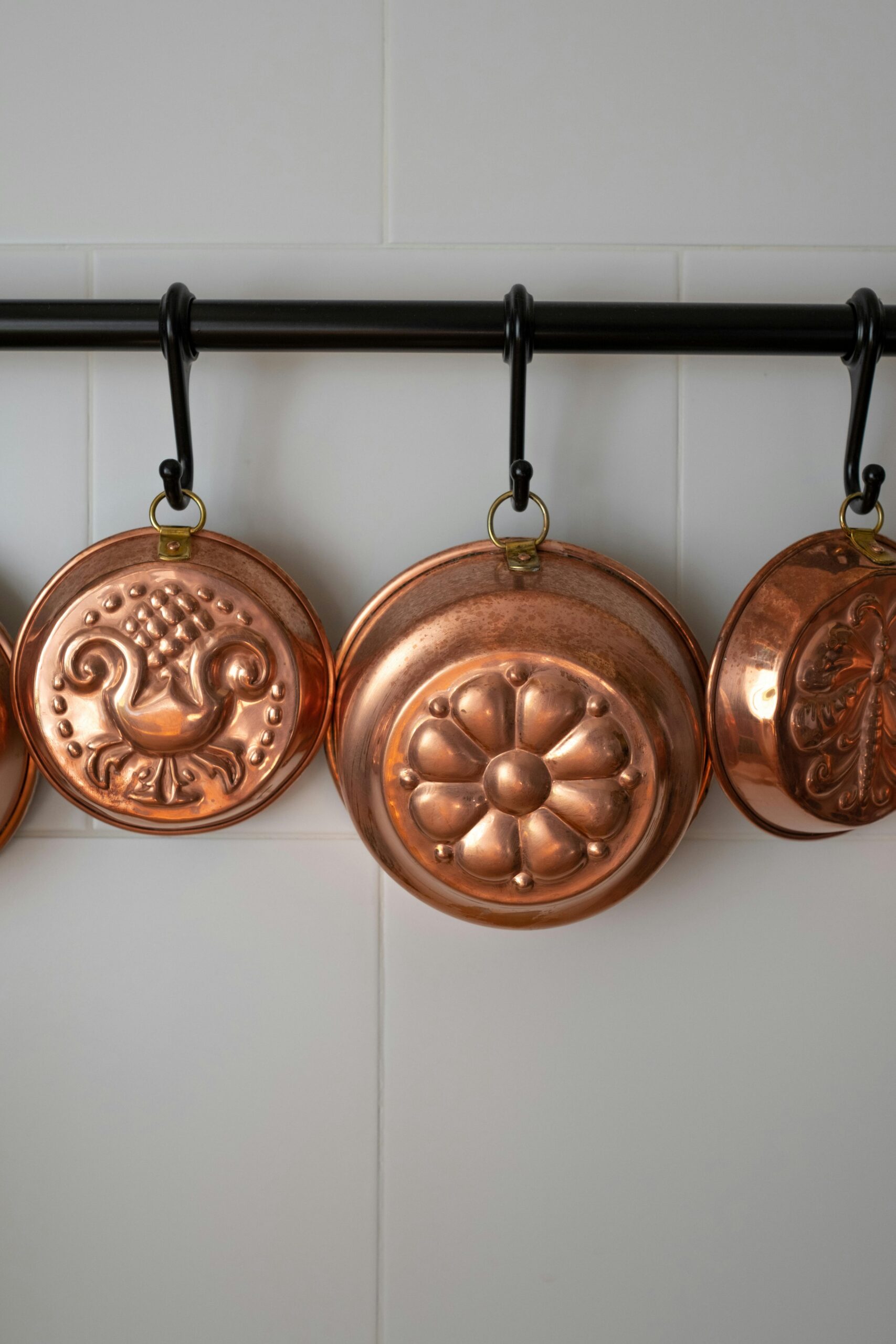Understanding Schimmel Wand: Causes, Effects, and Solutions
Schimmel wand, commonly known as wall mold, is a pervasive issue that affects many homes and buildings. This fungal growth can not only damage the aesthetics of a property but also pose serious health risks. In this article, we’ll explore the causes of schimmel wand, practical ways to address it, and preventative measures you can take to protect your space. Whether you’re dealing with an existing mold problem or looking to prevent one, this guide will provide valuable insights and actionable tips.
Causes of Schimmel Wand
Understanding the root causes of **schimmel wand** is essential in effectively managing this problem. Mold typically thrives in environments that are damp and poorly ventilated. Common sources of moisture include leaky roofs, rising damp from the ground, and condensation on cold surfaces. Poor insulation and humidity can further contribute to the growth of mold on walls.
Moisture and Humidity Levels
Mold spores are ubiquitous in the environment, but they require specific conditions to thrive. High humidity levels above 60% create an ideal environment for **schimmel wand** to develop. This can occur in bathrooms, kitchens, and unventilated areas of the home. Regularly monitoring indoor humidity with a hygrometer can help maintain optimal levels. Consider using dehumidifiers in affected areas to reduce moisture and prevent mold growth.

Signs of Schimmel Wand
Recognizing the signs of **schimmel wand** early can lead to more manageable solutions. Look for visible mold growth, which may appear as black, green, or white patches on the walls. Additionally, you might notice a musty smell, which often accompanies mold presence. Other indicators include peeling paint or wallpaper and water stains on walls, suggesting prior moisture issues that may have led to mold growth.
Effects of Schimmel Wand on Health
The health implications of **schimmel wand** cannot be overstated. Prolonged exposure to mold can lead to a range of health issues, particularly for individuals with respiratory problems, allergies, or compromised immune systems. Some common symptoms caused by mold exposure include coughing, sneezing, and irritations in the eyes, skin, or throat.
Impact on Allergies and Asthma
For those with existing conditions, such as asthma or allergies, exposure to **schimmel wand** can exacerbate symptoms significantly. Mold spores can trigger asthma attacks, leading to increased hospitalizations during allergy seasons. It’s crucial to take immediate action upon discovering mold to safeguard the health of all occupants in the building.

Long-term Health Risks
Beyond immediate symptoms, long-term exposure to **schimmel wand** can lead to chronic health problems, including respiratory infections, neurological complications, and in rare cases, more severe illnesses linked to toxic mold varieties. It’s important to address mold issues with urgency, especially in homes inhabited by children, the elderly, and pets.
Steps to Remove Schimmel Wand
If you’ve identified **schimmel wand** in your home, prompt action is necessary to mitigate its effects. Removing mold requires a strategic approach, starting with determining the extent of the problem. In minor cases, cleaning solutions may suffice, but more severe infestations might necessitate professional assistance.
DIY Removal Techniques
For smaller areas of mold, DIY removal can often be effective. Begin by wearing protective gear, including gloves and a mask. Use a mixture of water and vinegar or specialized mold removal solutions to scrub the affected areas. It’s essential to dry the area completely afterward, as moisture can lead to further mold growth. Remember, for extensive mold problems exceeding 10 square feet, it’s wise to consult professionals.
Professional Mold Remediation
For significant mold infestations, hiring a professional mold remediation service is often the best course of action. These experts have the necessary tools and knowledge to remove mold safely and effectively. They can also conduct thorough inspections to identify sources of moisture, ensuring a comprehensive solution. Though this option may come with a higher cost, the protection of your home’s integrity and your health is invaluable.
Preventing Schimmel Wand in the Future
Prevention is key when it comes to **schimmel wand**. By taking proactive measures, homeowners can significantly reduce the likelihood of mold growth in the future. Here are some effective strategies for prevention.
Maintain Proper Ventilation
Ensuring good air circulation is crucial in preventing **schimmel wand**. Install exhaust fans in areas prone to moisture, such as kitchens and bathrooms. Additionally, consider regularly opening windows and doors to allow fresh air to circulate throughout the home. This simple action can drastically lower humidity levels and deter mold growth.
Regular Inspections and Maintenance
Conducting regular inspections of your home can help catch moisture issues before they escalate into mold problems. Check for leaks in plumbing, roofs, and basements, and address any water damage immediately. Regular maintenance of gutters and downspouts is also essential in diverting water away from the foundation, reducing the risk of rising damp.
Key Takeaways
- **Schimmel wand** thrives in moist, poorly ventilated environments.
- Recognizing the signs of mold early is critical for effective removal.
- Addressing mold can help prevent serious health issues, particularly for sensitive individuals.
- Professional help is recommended for extensive mold infestations.
- Preventative measures, like good ventilation and regular maintenance, can minimize risk.
FAQ
1. How can I tell if I have schimmel wand in my home?
Common signs of **schimmel wand** include visible fungal growth on walls, a musty odor, and water stains. Inspect areas prone to moisture, particularly bathrooms, kitchens, and basements, for these indicators.
2. Is it safe to remove schimmel wand myself?
Minor mold issues can often be handled with DIY methods using cleaning solutions. However, for significant mold infestations, it is generally safer to hire professionals to ensure thorough removal and prevent health risks.
3. Can schimmel wand cause structural damage to my home?
Absolutely. **Schimmel wand** can deteriorate building materials over time, leading to costly repairs. Addressing mold growth promptly is crucial to maintain your home’s structural integrity.
4. What are the best products for schimmel wand removal?
Effective products include commercial mold removers containing bleach or hydrogen peroxide. Natural alternatives like white vinegar and baking soda can also be effective for smaller areas of mold.
5. How do I prevent schimmel wand from coming back?
Keep humidity levels low, ensure proper ventilation, and conduct regular inspections of your home to check for leaks or moisture intrusion. These preventive measures will help keep **schimmel wand** at bay.
